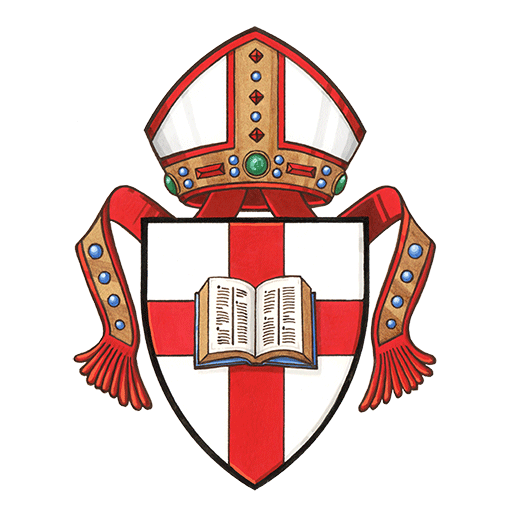The 2021 Synod of the Diocese of Ontario passed a motion that the parishes should “reduce their carbon emissions by 50% by 2030 over 2018 levels and to report annually to Synod Council on progress being made”. The period is short and the challenge large; how can the parishes respond? The Diocesan Green Group developed a website discussing implications of this resolution and providing information about options to achieve the goal (visit https://www.ontario.anglican.ca/creation). In this brief article, we report on an additional tool that we have worked on and are now making available – free of charge – to any interested church in the Diocese: thermal imaging that shows heat loss from church buildings. It is our expectation that when the wardens and congregation see and understand where heat losses occur, they will find ways to reduce both the losses and the associated costs.
In principle, finding locations where heat loss occurs during the heating season is simple: such places are warmed up by conduction of heat through the structure or by air leakage from the inside to the outside. While using a thermometer is not possible or practical, thermography provides the means to take images of temperature distribution across the objects or surfaces of interest. Because of the warm interior, less insulated places will be warmer outside and cooler inside, and this will become visible on the thermal images. While thermography used to be rather expensive, it is now possible to attach an affordable thermal camera to a smartphone to obtain images such as shown in the example. With the Diocese leadership agreement, the Green Group purchased the equipment and several members learned how to operate it.

During the coming heating season, Green Group members are willing to visit churches that invite us to obtain heat loss images of your premises. The images can be obtained from the outside or indoors, and they can be examined for heat loses (overall or unexpected) due to insulation in walls, glazing, draft or air leakage around doors and windows, water leakages, and indoor temperature distribution with reference to comfort of those present indoors. The technique is only effective if there is a significant temperature difference between the indoors and the outdoors (the larger the better but at least 10oC). In addition, the outside walls should not be wet or warmed up by the sun. Therefore, the suitable times for imaging during the heating season are limited.
On 25 February 2022 the Green Group sent a note to the wardens and treasurers of the Diocese asking if their churches would like to take advantage of the above tool if it were available. We have already received sufficient response to justify the purchase. Through this article, we are inviting other interested churches, and we intend to respond to requests on a first come-first serve basis. The timing of the visits will have to be flexible due to the dependence on the weather. The imaging may take place on various days of the week and for the day chosen, the premises would have to be heated prior to imaging. Subject to availability and scheduling, we are also prepared to offer the same opportunity for the homes of the churches’ parishioners. Expressions of interest should be sent to [email protected]
How Infrared Cameras Work:
All objects emit infrared energy, known as a heat signature. An infrared camera (also known as a thermal imager) detects and measures the infrared energy of objects. The camera converts that infrared data into an electronic image that shows the apparent surface temperature of the object being measured.



Artificial Intelligence in the Medical Field from a Priestly Viewpoint – Pt. 2